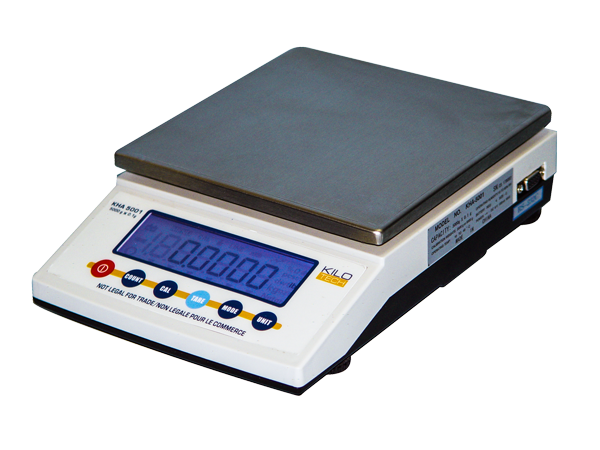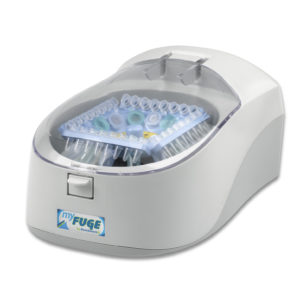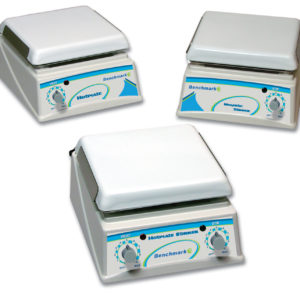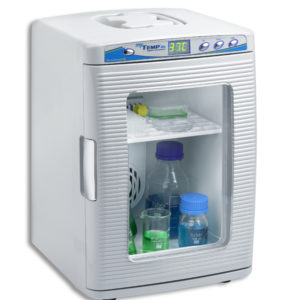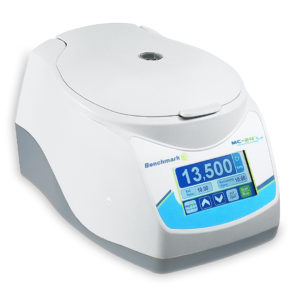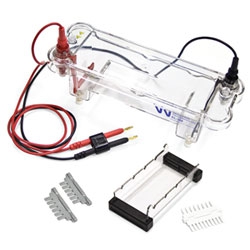Description
Every biology student needs to become familiar with and comfortable using laboratory balances, whether the equipment available to them is an old-style triple-beam mechanical balance or a semi-micro digital lab balance. Balances are a significant part of our lab budget, so using them correctly to ensure optimal performance for many years is critical to managing your lab.
Here are nine of our suggestions for using digital lab scales:
- Make sure every balance is set up correctly. Digital lab scales must be kept out of drafts and direct sunlight. They must not be placed in proximity to caustic laboratory reagents. And it’s important. to confirm that each balance registers zero when nothing is being weighed.
- Check the performance of every digital lab balance periodically, and make sure your students verify the performance of their balance as they start their lab. All that you need to do is to place a known weight on your KPA Precision Balance and make sure it registers the known weight within 0.01 gram.
- Never allow your students to overload the balance. Weighing a book or a backpack can ruin your KPA Precision Balance. Pay attention to the capacity tracker on the display.
- Always tare your containers before weighing samples.
- Never place samples directly on the pan, especially not corrosive chemicals.
- Use the draft shield or weighing chamber if cross-ventilation causes fluctuation in recorded weight.
- Teach your students always to record their results as they read them from the KPA Precision Balance.
- Be careful with cleaning. Always turn the balance off, and clean it with a microfiber cloth, possibly with a mild cleaner. Acetone, alcohol, soap, and detergents can damage the balance pan.
- Store the balance carefully. Even when the balance is turned off, it can be damaged by direct sunlight, exposure to corrosive chemicals, or sudden jolts.
 Due to Customs restrictions, we only accept orders from educational institutions within the Continental United States, Alaska or Hawaii.
Due to Customs restrictions, we only accept orders from educational institutions within the Continental United States, Alaska or Hawaii. 